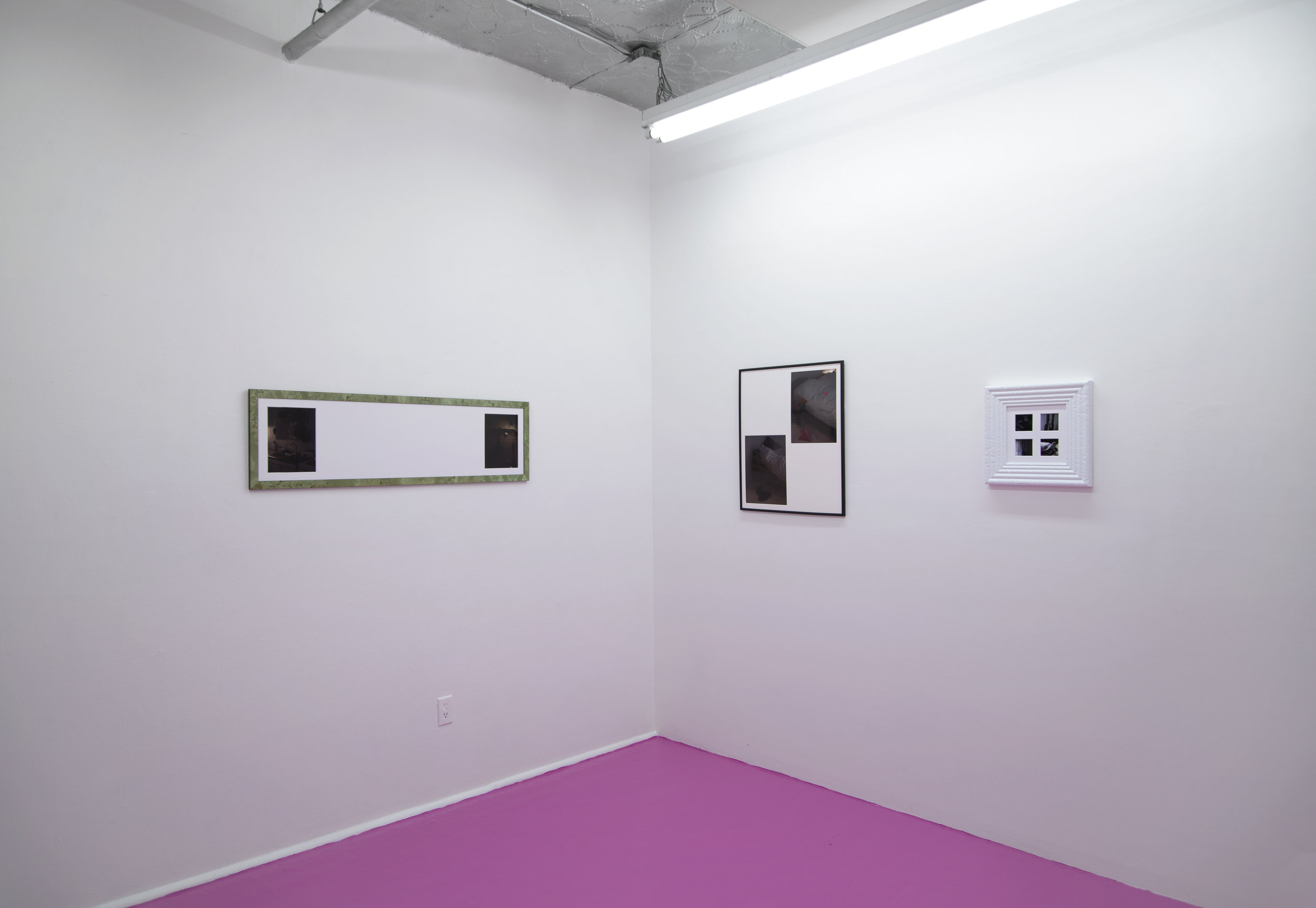
1 of 11 View images

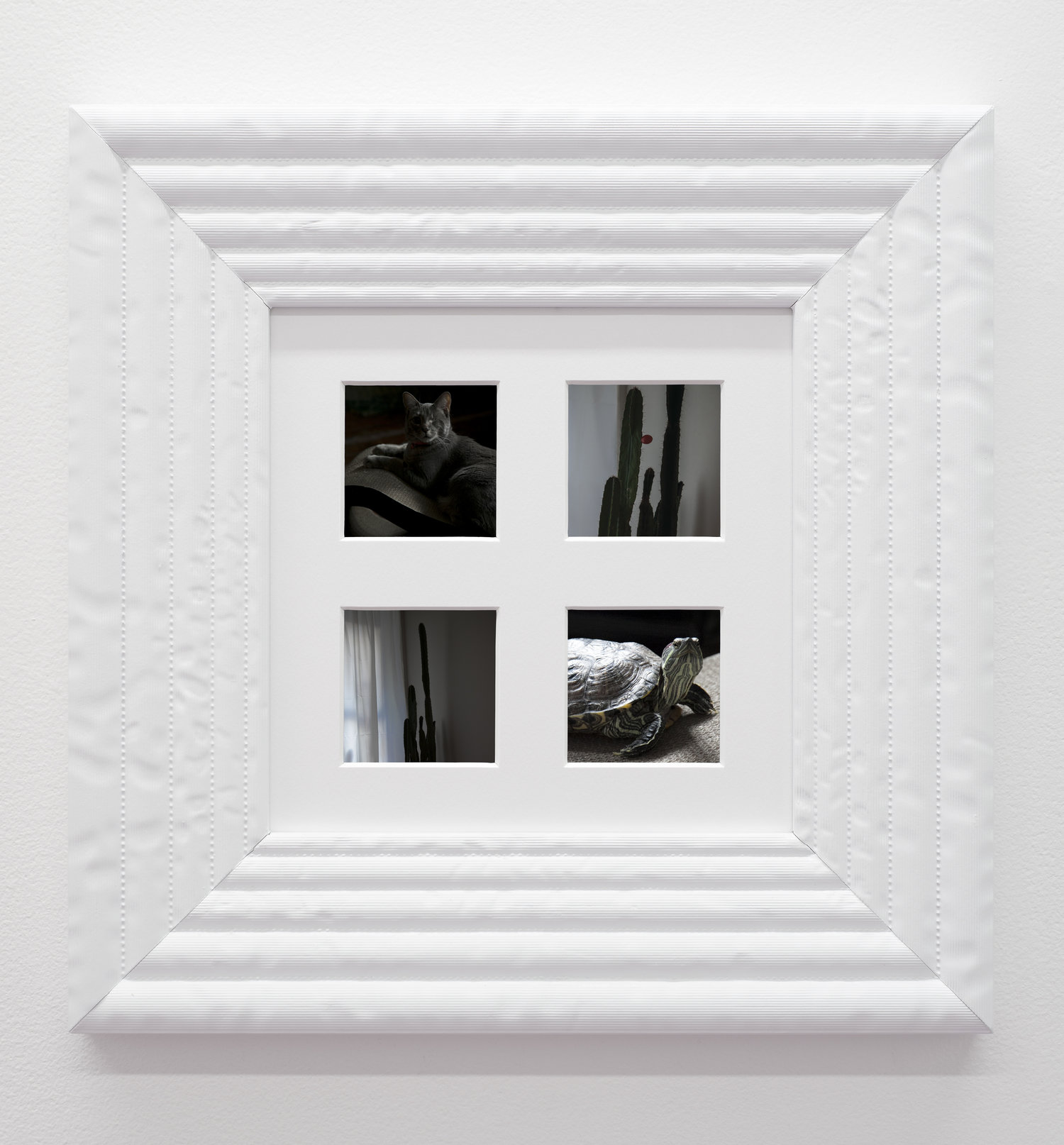
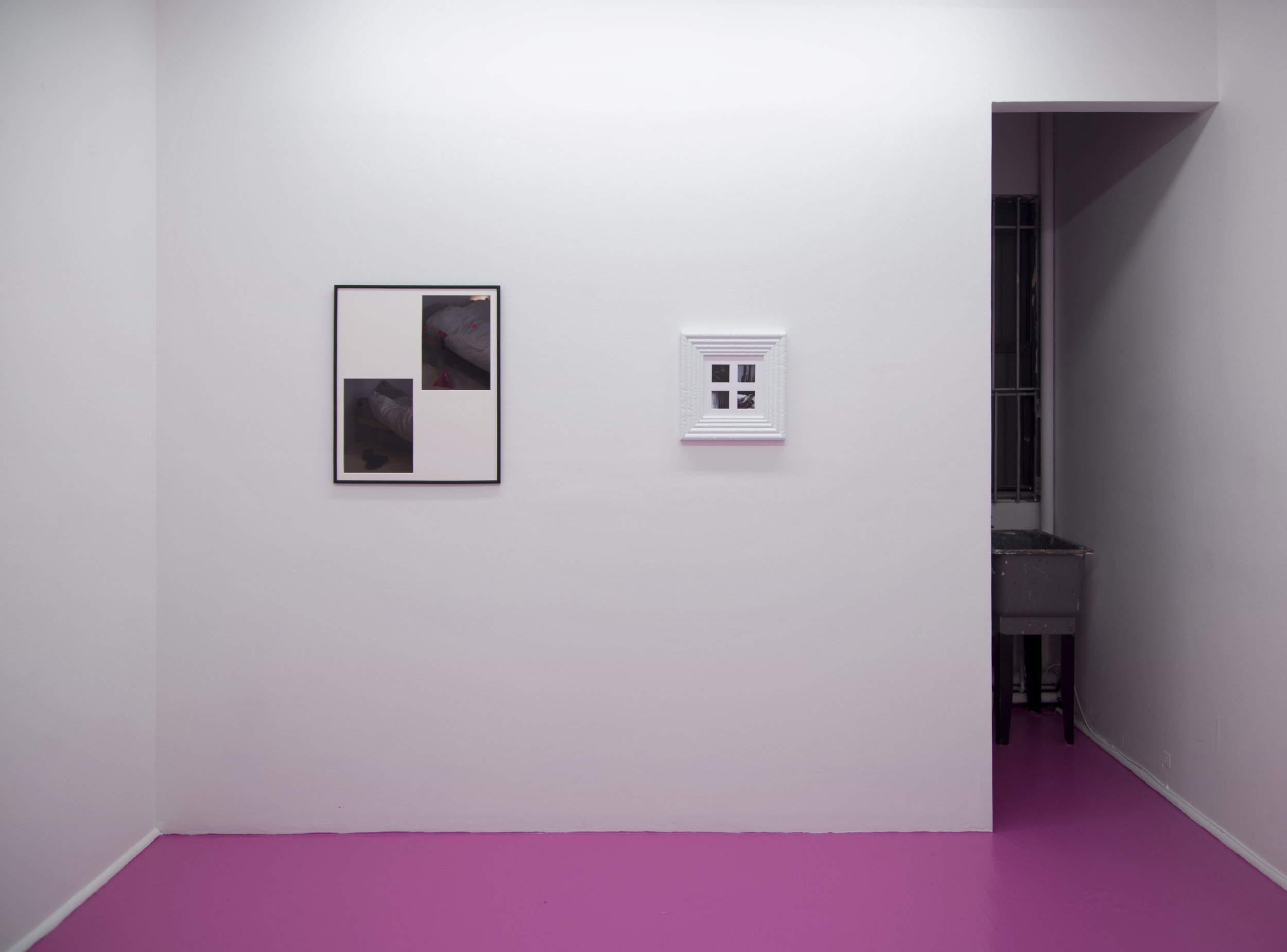

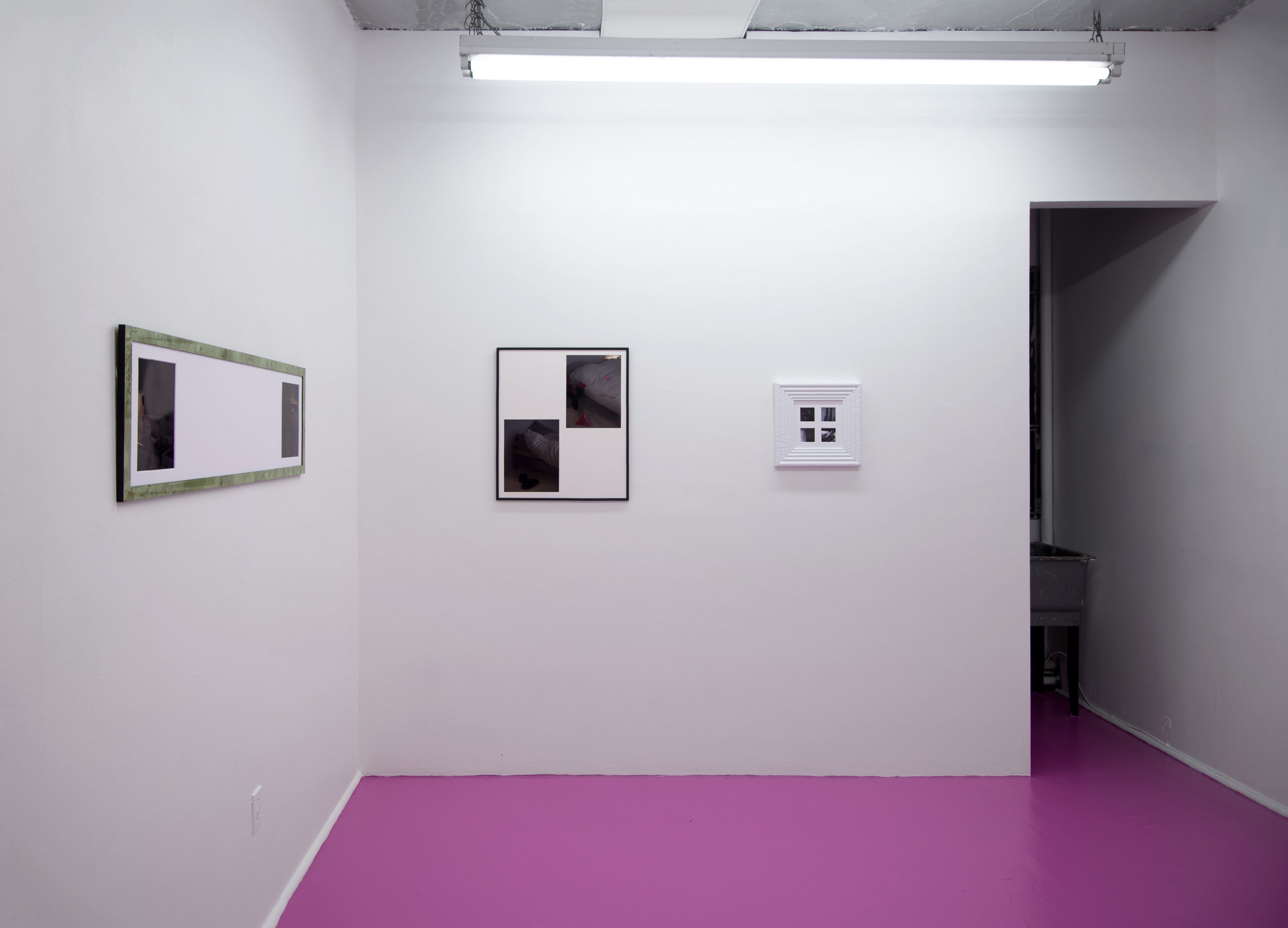
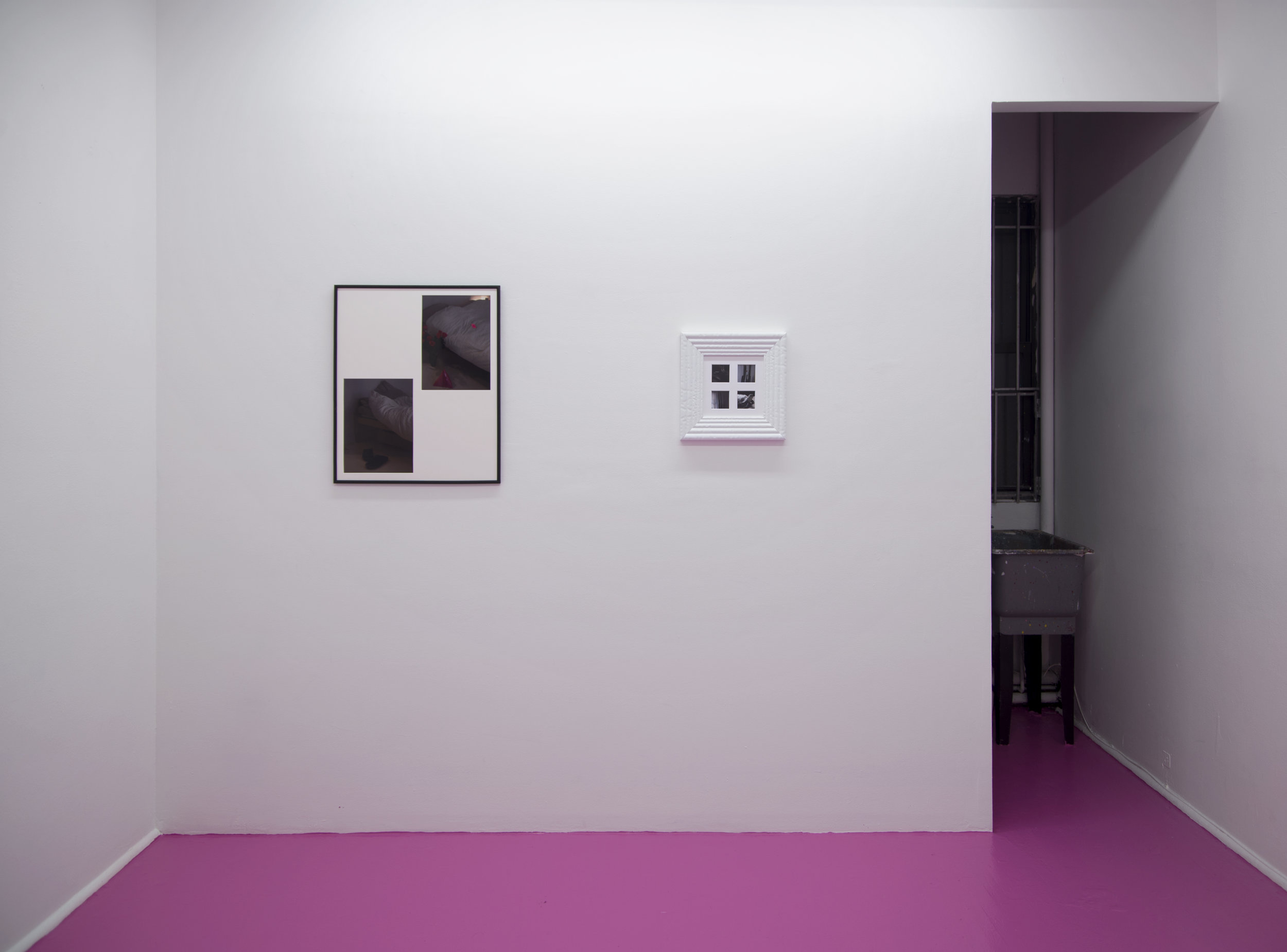
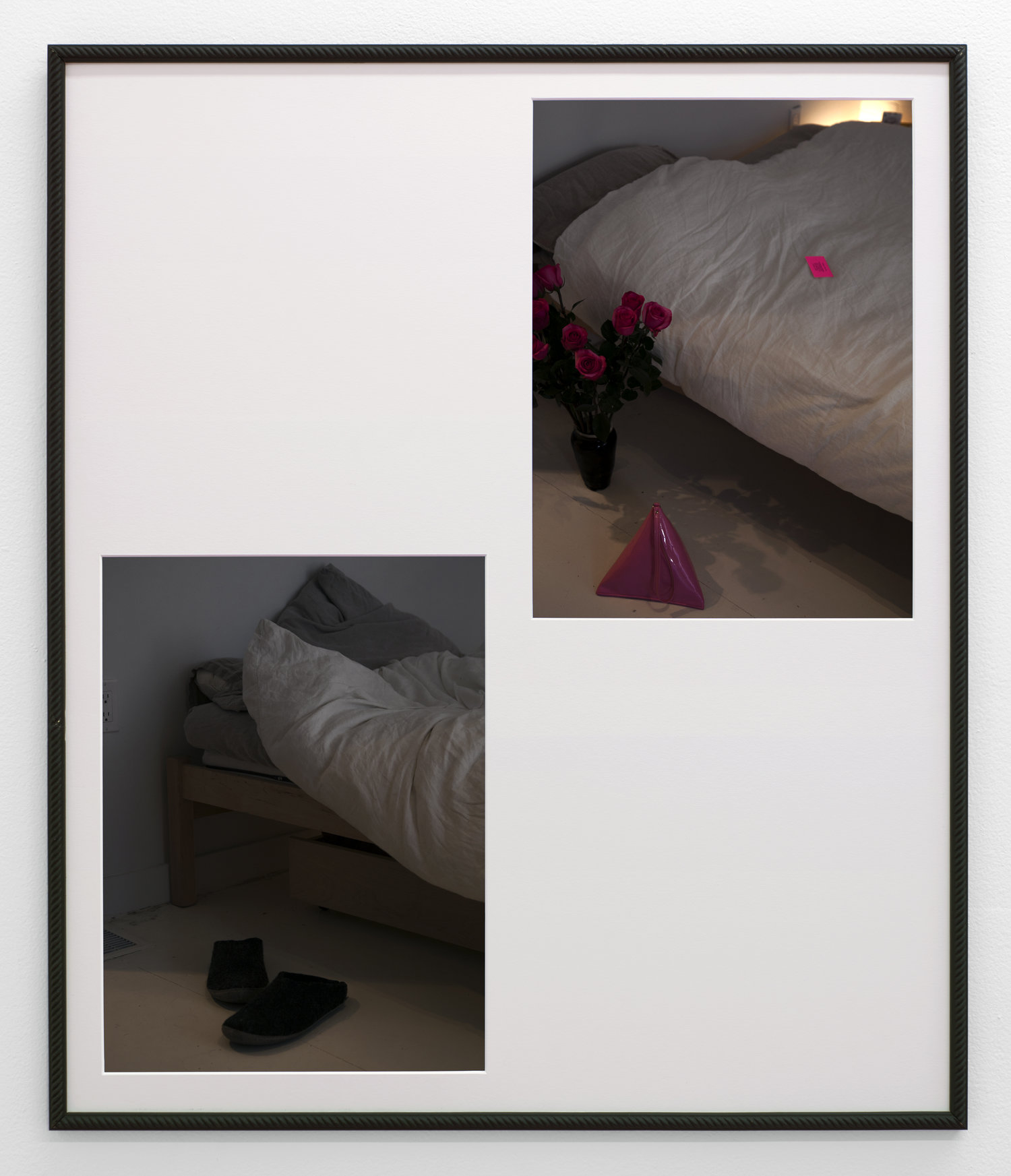
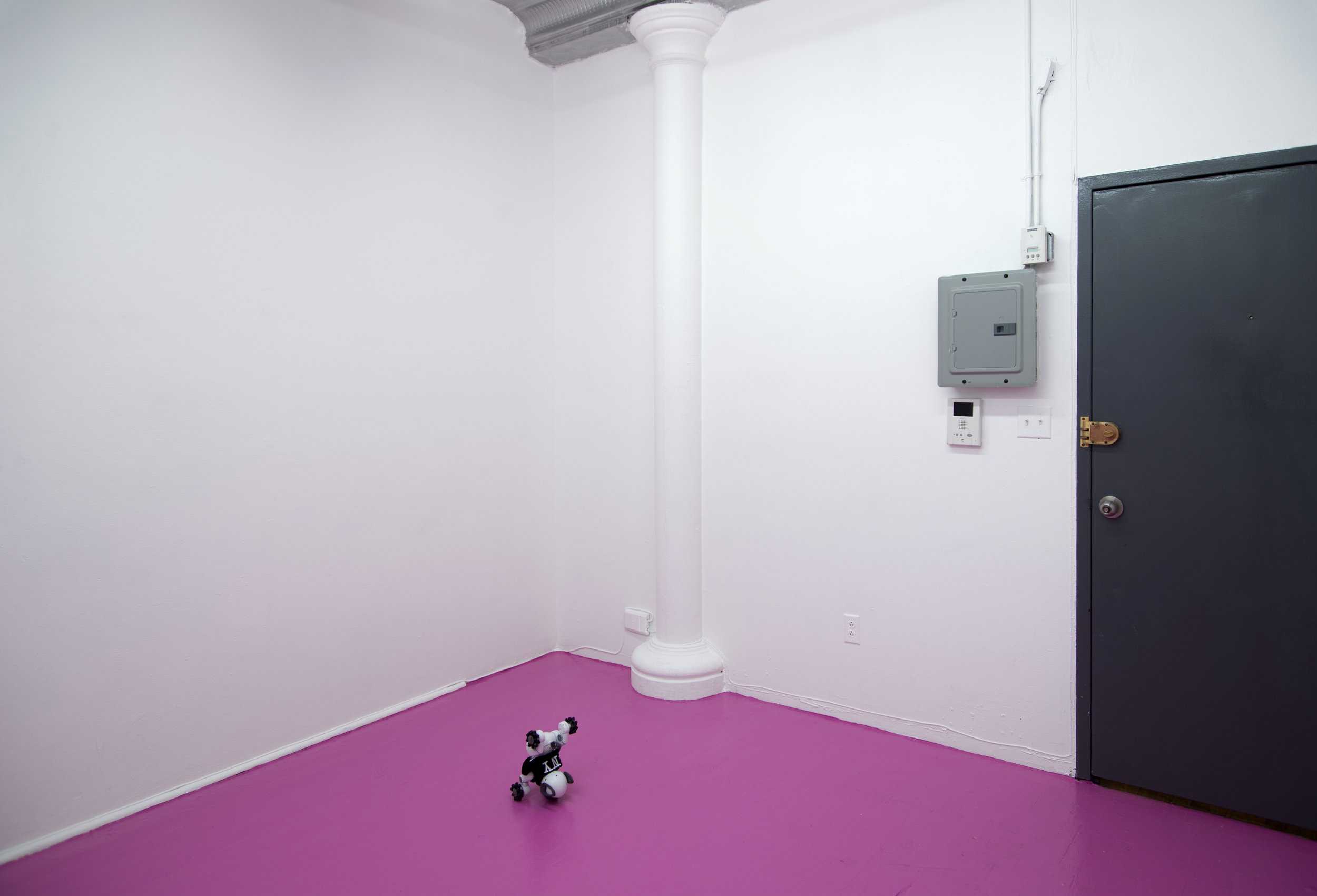
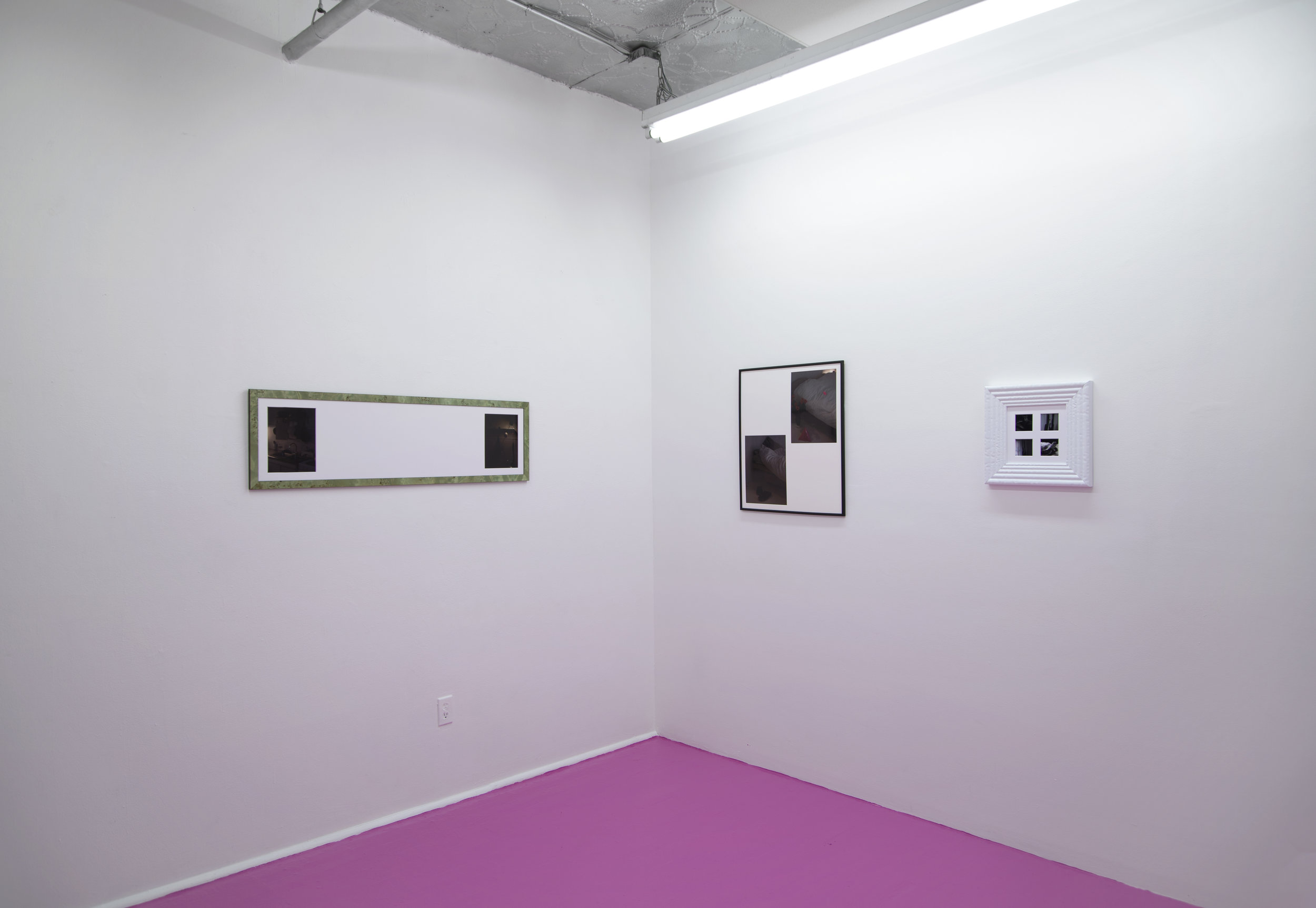
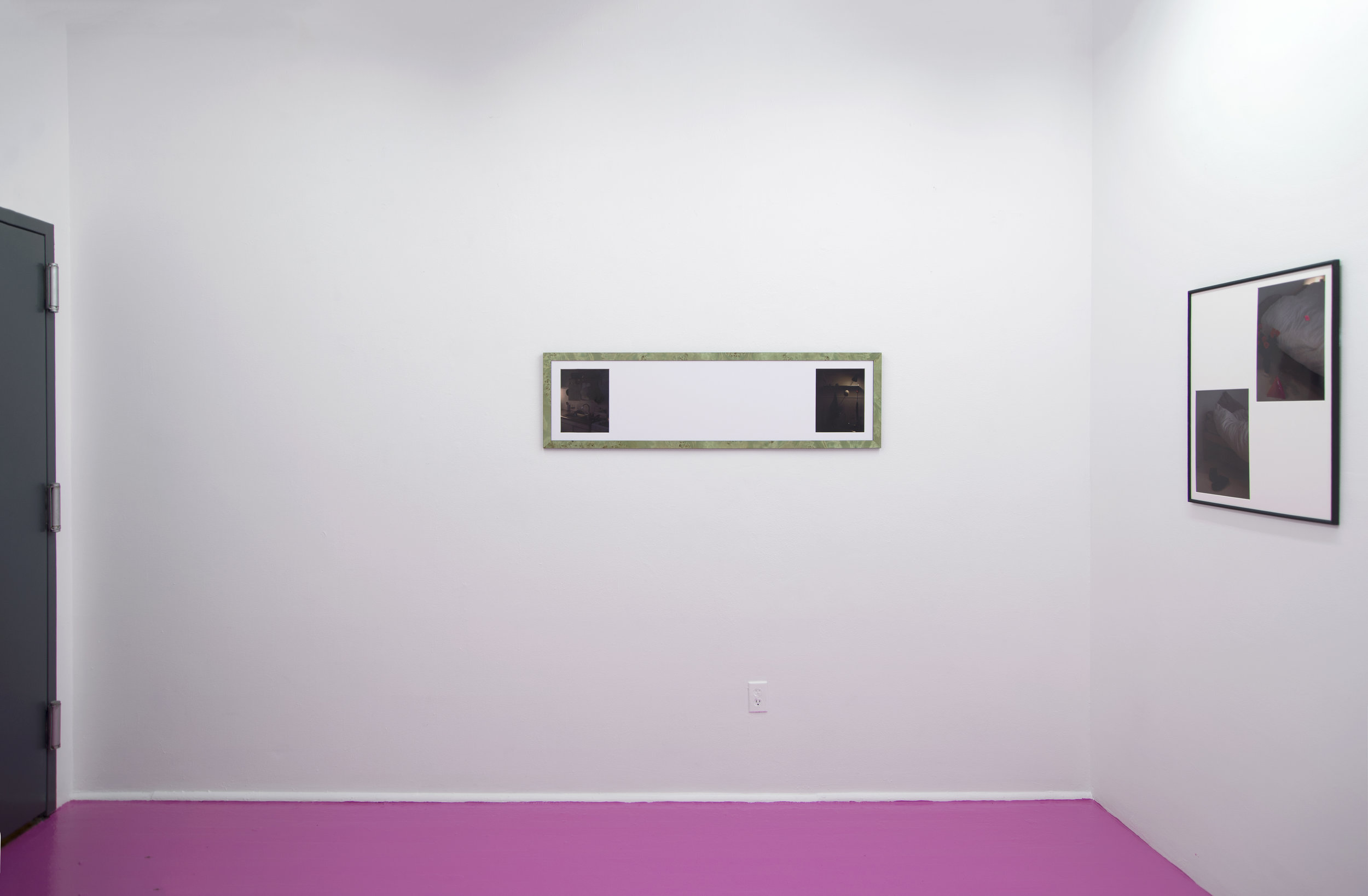
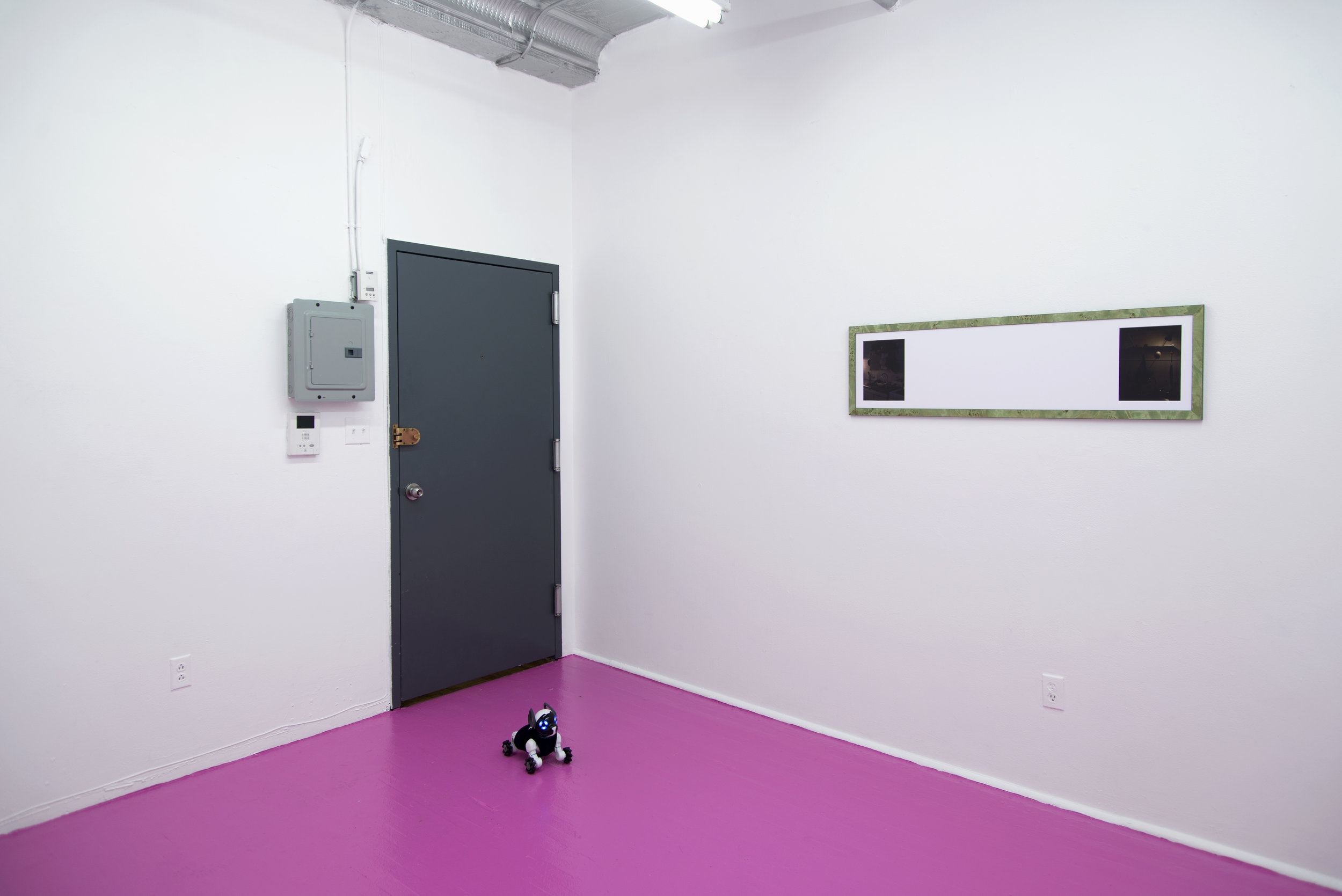
16.01.2017 –
02.06.2017
New York
“Four eminently stylish and hilariously witty gay men—authoritative experts in food and wine, grooming, decorating, fashion, and culture—invade your life, assess your strengths and weaknesses, and, in the course of a day, make you better dressed, better groomed, better mannered, and a better cook, living in a better home. All of this is painless (unless you have a really egregious body-hair situation), liberating, and downright fun.”
– A letter from Prof. Arch. Joel Sanders, author of Stud: Architectures of Masculinity (Princeton Architectural Press, 1996)
Architecture plays a central role in constructing human, and in particular, male domesticity. In domestic space, the “performance” of gender depends on bodily comportment (voice, gesture and dress) and designed environments, like homes, behave likes stages that enable people, like actors, to perform various domestic roles. Today, homes provide shelter not only for nuclear families but also for singles, LGBT couples, and roommates. At the same time information technologies have decentralized the workplace and ushered in new economies that have made working at home a viable option. While we pay lip service to each of these social and technological issues separately, we tend to forget that they are interrelated and mutually reinforcing cultural developments with significant architectural ramifications. In short, homes have become multi-identity, multi-task environments.
As the boundaries between sex and gender, living and working, and public and private space become more porous, homes can no longer afford to function as single-family, single-purpose environments built based on the outmoded notion of the gendered division of labor and Puritanical ideas about propriety. Instead, dwellings have become miniature worlds that although limited in scale, are hooked into vast global networks. The relationship between human identity and spatial identity is reciprocal: each presupposes the other. If who we are is defined by human actions performed in space, then we increasingly require homes as flexible as our identities. We must close the gap between layout and lifestyle.
Giving up deep-seated preconceptions about privacy, propriety, and the body, the home should be viewed as an integrated network of overlapping surfaces and connected infrastructures. Durable waterproof multi-task work counters suitable for working, for preparing meals, and for casual dining. Resilient upholstered elements that sponsor lounging, entertaining, exercising, and sleeping. Storage units designed to accommodate everything from canned goods to clothing. Wet areas that cater to all of the intimate needs of the biological body—cooking, eating, washing, dressing—without pandering to traditional notions of decency. “Smart” walls and counters fully outfitted with integrated digital and electronic devices. Finding a common ground between the rival worlds of architecture and decoration, is not only necessary but crucial to the ambiguous yet highly articulate domestic landscapes that will allow each of us to perform our daily rituals in flexible environments responsive to our fluid domestic lives.
Text adapted from "Ergotectonics: The Multi-Identity/Multi-task Environment," originally published in Inside Space: Experiments in Redefining Rooms (Cambridge: MIT List Visual Arts Center, 2001).